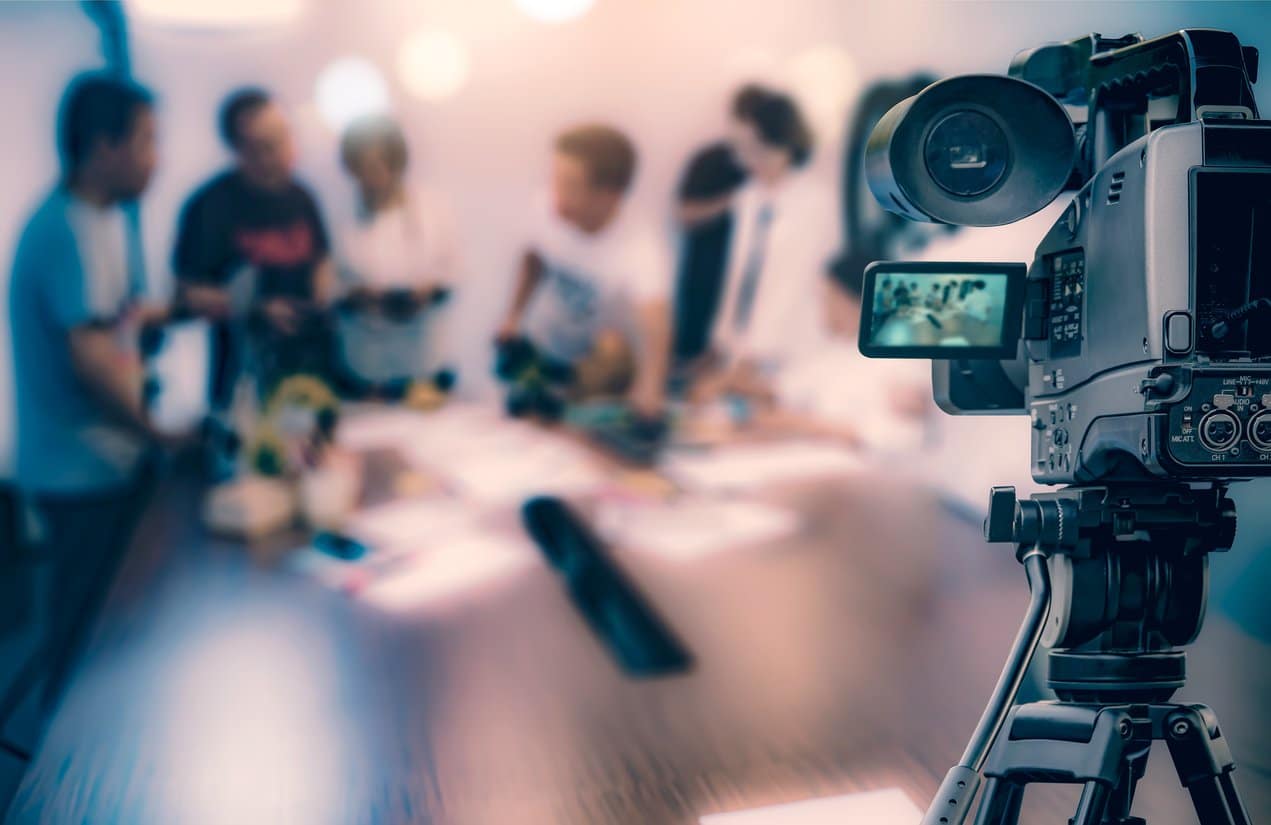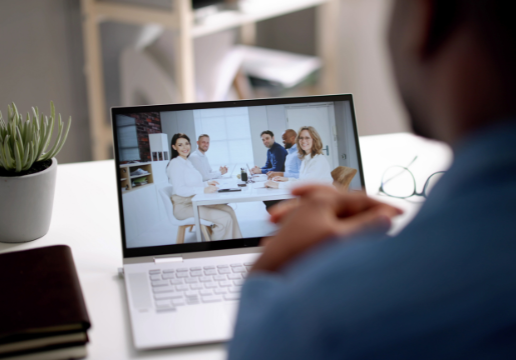Why Legal Videography Is Critical for Accurate Court Recordings
The function of legal videography in courtroom setups can not be overemphasized, as it serves as an essential device for maintaining the stability of court records. The implications of incorporating lawful videography right into typical courtroom techniques increase essential questions concerning its more comprehensive effect on the legal system.
Significance of Visual Evidence
In the world of lawful proceedings, the significance of visual proof can not be overstated. Visual evidence works as a powerful tool in developing realities, supporting statements, and enhancing the general clarity of an instance. This type of proof, which consists of photographs, video clips, and diagrams, can provide a concrete context that verbal summaries frequently lack, therefore using juries and courts a more clear understanding of the circumstances bordering a case.
Additionally, visual proof aids in the retention of details. Human cognition is inherently aesthetic, and people are more probable to keep in mind and understand information provided in a visual format. In the court room, this can be crucial, as engaging visual evidence can persuade opinions and reinforce the story presented by lawful reps.
Furthermore, using aesthetic proof can decrease misunderstandings and uncertainties that usually occur from verbal exchanges. By supplying a direct depiction of occasions, visual evidence assists to eliminate subjective analyses and fosters a more unbiased assessment of the truths. The combination of visual evidence right into legal proceedings not just reinforces the integrity of the judicial process yet additionally improves the probability of attaining a just outcome.
Catching Non-Verbal Hints
Utilizing advanced videography strategies can significantly boost the capture of non-verbal hints during lawful procedures. Non-verbal communication, including facial expressions, body movement, and eye get in touch with, plays a critical function in conveying feelings and intentions that may not be clearly stated in spoken statement. legal videography. Lawful videography utilizes high-definition electronic cameras and calculated angles to make certain that these refined hints are recorded with quality and precision
The capacity to evaluate non-verbal actions can offer useful context to statements made during court sessions. A witness's reluctance or confidence can be interpreted with their stance or motions, potentially affecting the court's perception of reputation. The usage of close-up shots can help focus on an audio speaker's expressions, allowing for a much more nuanced understanding of the statement.
Furthermore, integrating numerous cam angles can develop an extensive sight of communications, highlighting dynamics between parties included. This diverse strategy not just enhances the accuracy of the court record but likewise help in preserving the integrity of the judicial process - legal videography. Ultimately, capturing non-verbal hints with legal videography fosters a richer, extra full depiction of court room process

Enhancing Testimony Dependability
The reliability of testament can be dramatically reinforced through making use of premium lawful videography. Video recordings offer as an objective tool that captures not only the talked words of witnesses but additionally the nuances of their his response distribution, including tone, pacing, and emotional expressiveness. This complex documentation gives a clearer understanding of the witness's reputation and objectives, which can be crucial in legal procedures.
In addition, legal videography reduces the possibility for misconceptions that might arise from composed records alone. When jurors can observe a witness's demeanor and body language together with their testimony, they are better furnished to assess the authenticity and dependability of the proof offered. This visual context can reinforce the testimonial narrative, making it a lot more engaging and legitimate.
In addition, the visibility of a video clip recording can deter potential disparities in statement. Witnesses may be a lot more careful in their declarations when they recognize they are being recorded, leading to more exact and genuine accounts. Overall, top quality legal videography improves the stability of testimony, guaranteeing that the court has access to a complete and truthful representation of the realities as shared by the witnesses.
Sustaining Appeals and Reviews
Lawful videography plays an important role in supporting appeals and testimonials by supplying a comprehensive aesthetic document of court proceedings. This visual documents captures not only the spoken words of witnesses and attorneys yet likewise the nuances of body movement, intonation, and court characteristics. Such aspects can be essential in comprehending the context of testimonies and debates provided.
In the appellate process, where the emphasis is on mistakes of legislation and procedural justness, a video clip record can act as a crucial tool for appellate courts. It makes it possible for judges to review the initial trial More hints context, ensuring that choices are based on a full understanding of the procedures. The ability to aesthetically evaluate the disposition of witnesses or the communications between parties can disclose insights that created transcripts might overlook.

In addition, legal videography can help in clearing up obscurities in testimonies or step-by-step judgments, consequently enhancing the basis for an allure. By offering a reliable, unbiased account of what taken place in court, lawful videography not only supports the stability of the lawful procedure but also empowers all celebrations included to make enlightened decisions concerning their cases.
Enhancing Court Room Procedures
Enhancing court effectiveness, legal videography enhances processes by offering immediate access to aesthetic documents of proceedings. This modern technology permits courts, attorneys, and juries to revisit critical testament and proof, ensuring that all events have a clear understanding of the instance. By catching the nuances of spoken and non-verbal interaction, videography enriches the document, making it less complicated to comprehend the context and weight of statements.

In addition, video clip recordings can facilitate remote participation in hearings, permitting higher adaptability in organizing and engagement, which is specifically valuable in complex cases involving multiple stakeholders.
Conclusion
To conclude, legal videography plays a vital role in guaranteeing accurate court recordings by offering vital aesthetic evidence that captures both verbal and non-verbal interaction. This technique improves the dependability of testimonies, supports appellate testimonials, and streamlines court that site room procedures. By promoting an extensive understanding of court dynamics, lawful videography eventually contributes to much more equitable judicial results, reinforcing the honesty of the lawful system and assisting in notified decision-making.
Comments on “The Role of Legal Videography in Preserving Legal Evidence”